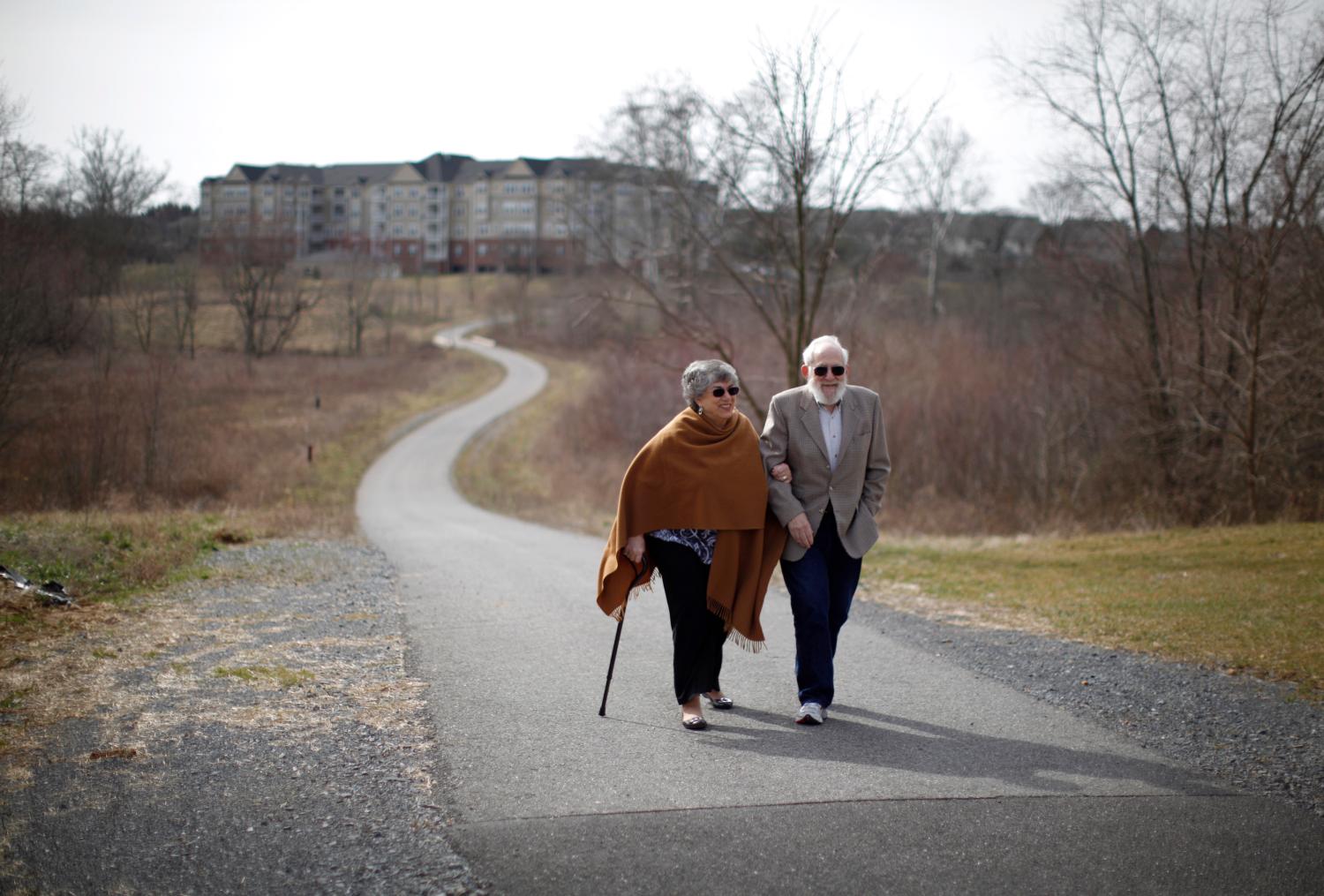This report was produced in concert with the event, “Reverse mortgages: Promise, problems, and proposals for a better market” held October 28, 2019 and co-sponsored by Brookings and the Kellogg Public-Private Initiative.
Housing wealth is a largely untapped resource that can help older adults supplement their incomes and buffer financial shocks in retirement. According to the 2016 Survey of Consumer Finances, more than 6 million homeowners age 62 and older in the U.S. have less than $10,000 in non-housing financial wealth but have at least $20,000 in home equity. Yet this resource is largely untapped. Why? Longstanding explanations include general aversion to holding mortgage debt in retirement and a desire to leave the home as an inheritance. While these factors are certainly part of the story, we suggest that a sizable share of older adults—as many as one in three homeowners age 62 and older in 2016—may be unable to borrow from home equity through a traditional mortgage, even if they wanted to do so.
The federally insured reverse mortgage is designed to serve this group of homeowners, offering access to home equity with no required monthly payment, and protection for homeowners and their heirs against negative equity. Unlike a traditional forward mortgage where the balance falls over time as a borrower makes monthly payments, the balance on a reverse mortgage grows over time as interest and fees are added to the amount borrowed.
Despite estimates of a large potential market, take-up of reverse mortgages in the U.S. is very low, with less than 2 percent of the population age 62 and older holding a reverse mortgage. We suggest that the market can be improved by offering simple, streamlined product options that target specific consumer segments with demonstrated demand for home equity borrowing.
In this white paper, we propose two new product options to better align the government-insured program to the consumer segments it is uniquely qualified to serve. First, small-dollar reverse mortgages are a low-cost option targeting an estimated 6.1 million homeowners for whom equity in their homes is their primary asset in retirement and who can benefit from access to short-term liquidity. Second, streamlined forward-to-reverse mortgages target the more than 3 million older homeowners with a forward mortgage who could significantly improve their housing affordability by eliminating their monthly mortgage payment.
In addition to new product offerings, reforms are needed that streamline the origination and servicing processes for prospective borrowers and market participants—while reducing the risk that the loan will terminate in foreclosure. On the front-end, our proposed reforms include risk-based underwriting based on credit score and draw amounts. This reduces the costs associated with the reverse mortgage for lower risk borrowers while building in default protections for higher risk borrowers. On the back-end, our proposed reforms include required preventative servicing and proactive steps by servicers and the Federal Housing Administration (FHA) to enhance the collateral value of properties owned by reverse mortgage borrowers.
The Brookings Institution is committed to quality, independence, and impact.
We are supported by a diverse array of funders. In line with our values and policies, each Brookings publication represents the sole views of its author(s).





